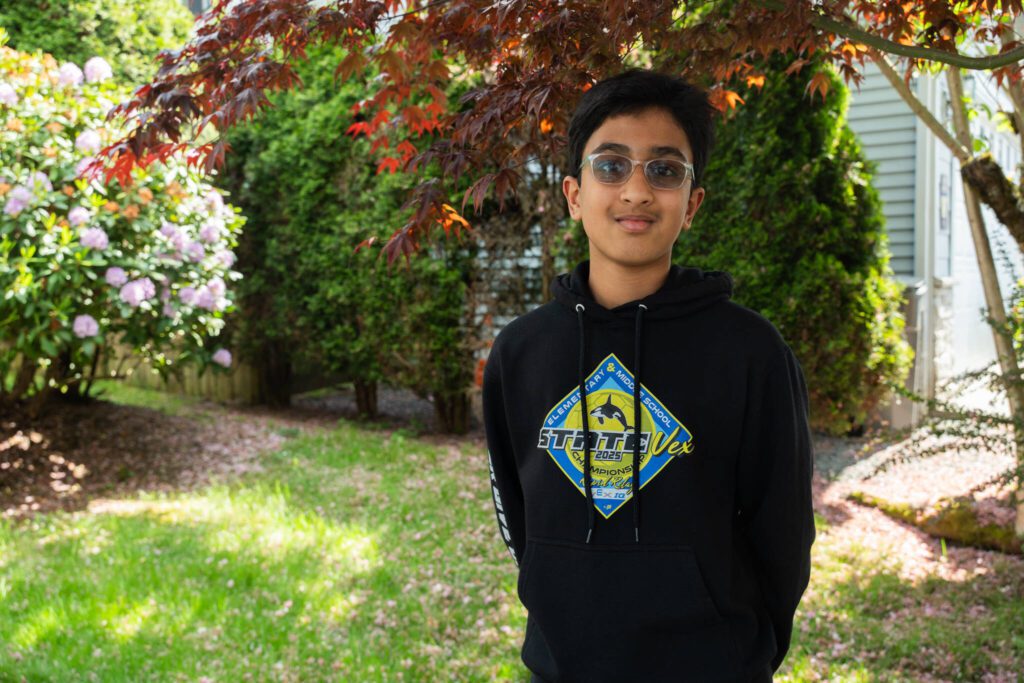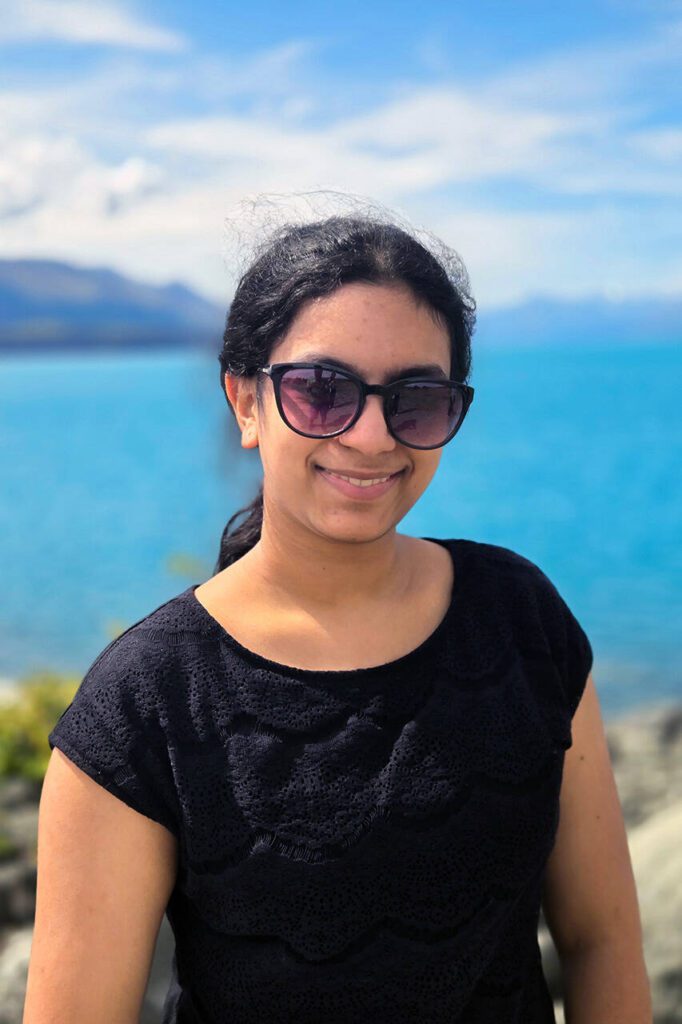EVERETT — Of the solar system’s nearly 900 moons, could any of them sustain life? It’s a question three local students are ready to explore.
Three students from Snohomish County school districts have been selected as finalists for NASA’s fourth annual Power to Explore Challenge. Judges chose from more than 2,000 entries by students across the country. A total of nine finalists were selected, three for each age group.
The competition tasked students with imagining a mission to any of the solar system’s moons. The mission must be powered by radioisotope power systems, a type of nuclear energy technology that turns heat into electric power. Radioisotope power systems have powered more than 24 NASA missions since the 1960s, some leading to the discovery of “moonquakes” on Earth’s moon and active volcanoes, methane lakes and ice glaciers on other moons in the solar system.
In addition, students had to come up with their own special power — a unique personal skill, personality trait or personal strength — to help fuel their mission.
The judges scored each entry based on its feasibility, creativity, writing quality and personal power.
Each finalist won an exclusive virtual meeting with a NASA engineer or scientist, where they’ll discuss their mission and space exploration.
On May 7, NASA will announce the winners for each grade level. The winners will receive a trip for two to NASA’s Glenn Research Center in Cleveland.
Maggie Hou: “Unraveling the Mysteries of Mimas”
Maggie Hou, an eighth grader at Valley View Middle School, chose Saturn’s smallest and innermost major moon, Mimas, as the destination for her mission. In February 2024, researchers discovered the moon has a subsurface ocean that’s less than 25 million years old. The young ocean could indicate habitable conditions on the moon, Maggie said, which is the focus of her mission.
“I feel super lucky and grateful, and I’m really happy my effort paid off,” she said.
For her superpower, Maggie chose her problem solving ability. She was inspired by NASA’s Apollo 13 mission, when the spacecraft’s oxygen tank exploded and the Houston Mission Control Center had to create a carbon dioxide filter using everyday items.
“I really admire the people at NASA for devising such clever and innovative solutions under pressure,” Maggie said. “The mission really goes to show just how essential problem solving is, especially for complex missions.”
Sarabhesh Saravanakumar: “Cracking the Code of Dione: A Journey With RPS Technology”
Dione, Saturn’s fourth largest moon, has a secret underground ocean and an icy canyon, which makes it a good possibility for hosting extraterrestrial life, said Sarabhesh Saravanakumar, a seventh grader at Skyview Middle School. His mission involves using an orbiter and lander to identify subsurface oceans and detect tectonic activity.
“I feel really honored to be a finalist, and I’m grateful for my family for helping me and supporting me on this mission,” Sarabhesh said. “This is like a stepping stone for me, so I want to achieve more and learn more.”
Sarabhesh chose resilience as his personal power, something that’s necessary while traveling through harsh environments on a space mission, he said.
“If something’s hard, just keep on going because the prize at the end will be much greater than what you expected,” Sarabhesh said.
Saanvi Shah: “CHIP — Cracking Callisto’s Frozen Code”
Saanvi Shah, a sophomore at Bothell High School, looked to other NASA missions as inspiration for her own expedition to Callisto, one of Jupiter’s moons. Her mission, the Callisto Hidden Ice Probe, involves sending a rover to Callisto’s craters to test materials and gather clues about the moon’s climate to determine if it could have sustained life in the past. Solar panels wouldn’t work to power the mission because it’s so far away, and regular battery systems wouldn’t be able to survive in the cold weather, so radioisotope power systems could work to power the mission, Shah said.
“I decided on Callisto because I thought it was underappreciated,” Saanvi said. “Other moons like Europa and Io have gotten some missions, but Callisto is still kind of untouched. No one’s really done much with it.”
Saanvi’s superpower is adaptability. In her essay, she said she thrives on solving problems in uncertain conditions.
“When you’re doing difficult things, especially exploring deep space, things are not always going to go the way you plan for them to go,” Saanvi said. “It’s really important to keep going, even if you encounter obstacles. Otherwise, no space mission would ever work.”
Jenna Peterson: 425-339-3486; jenna.peterson@heraldnet.com; X: @jennarpetersonn.
Talk to us
> Give us your news tips.
> Send us a letter to the editor.
> More Herald contact information.



























